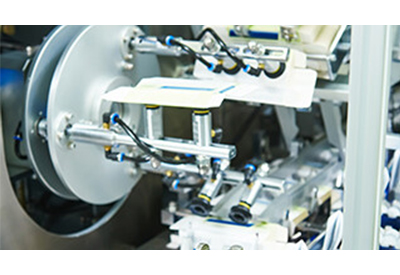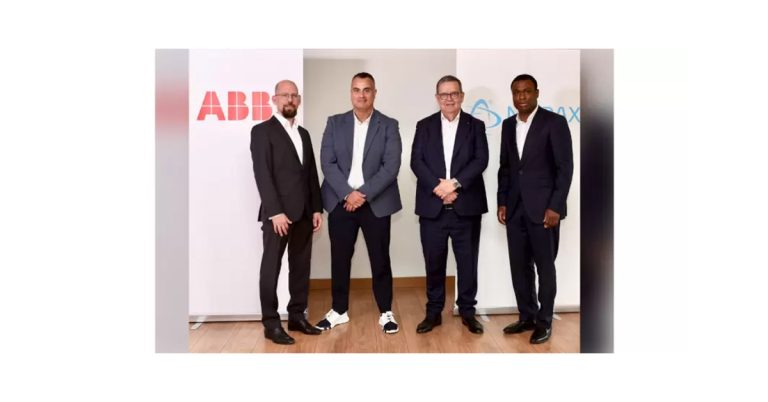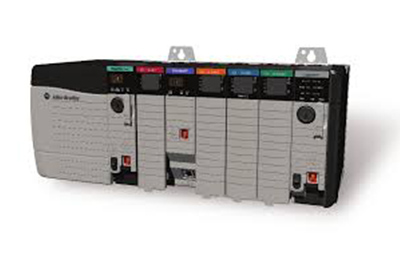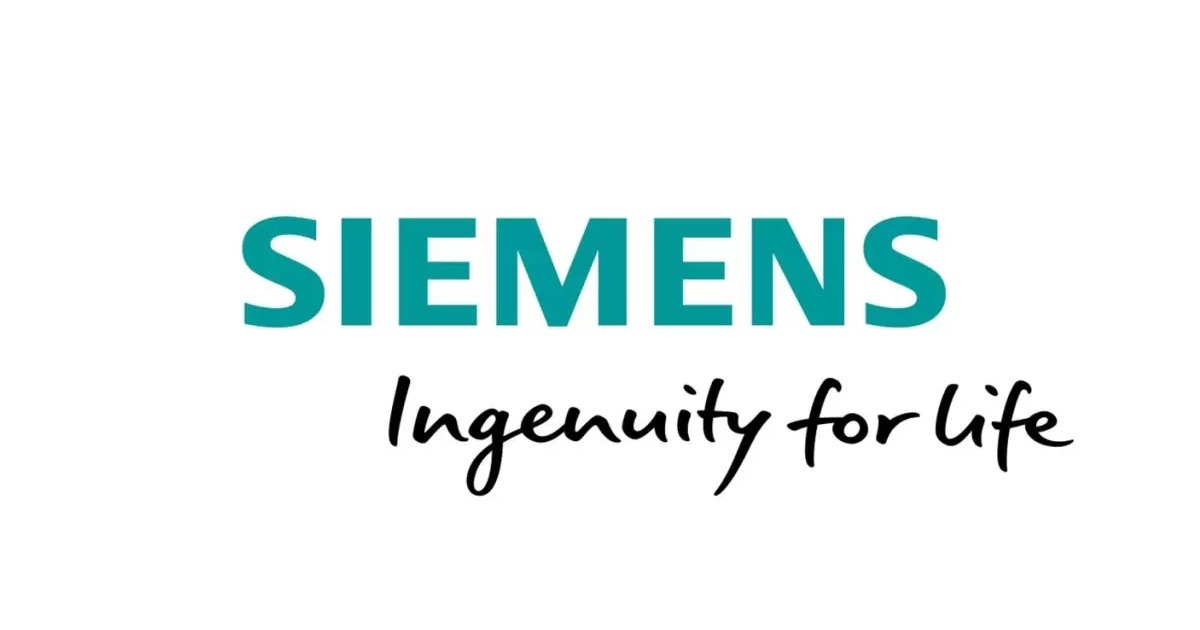Cut Startup Costs and Inefficiencies with the Right MAC

October 8, 2019
By Simon McEntee
Reduce Integration Challenges by Embedding an OEM MAC in Your Gas Processing Facility Projects
You’ve been through it before. Just days away from a scheduled plant or platform launch and you’re scrambling to connect OEM skids and at risk of missing your launch deadline.
Almost every oil and gas company has experienced the chaos that comes with trying to finish a start-up in its final days. The good news – this doesn’t have to be your status quo.
There are steps you can take to dramatically reduce integration challenges and help keep projects on time and on budget. One step, for example, is changing how you work with your main automation contractor (MAC), or even utilizing one in the first place.
A MAC is beneficial to your project but many companies offering this service lack the reach, business models and bandwidth to successfully align OEM packages. This can result in additional costs during the final days of commissioning.
Curing a Flawed Process
A weak execution plan and lack of standardization can result in scrambling at the last minute. Not only is this stressful, it is very costly.
You may think your MAC is the company responsible for all automation, including the DCS and other packages. The reality, however, is many of these companies are unable to align project OEMs to a single standard because they don’t have the business model or OEM relationships to achieve alignment.
To reduce integration challenges, you need to see the bigger role that an embedded OEM MAC can play from the onset of your project.
This starts at the front-end engineering and design (FEED) phase where the OEM MAC creates a user requirement specification that the engineering, procurement and construction (EPC) company will issue to OEMs and be used throughout the life of the project. This technical standard maximizes the commonality of hardware and functionality across your OEM packages.
Next, the OEM MAC role continues into the build phase, where they can provide embedded support to help OEMs understand and adhere to technical standards. They can also assist OEMs with factory acceptance testing (FAT). Finally, the OEM MAC can provide on-site management of the delivery, integration and acceptance testing of the OEM packages.
Improved Start-ups Yield Cost Savings
Many of the benefits of working with an OEM MAC come during commissioning. The equipment packages that you receive from several different OEMs are built to the same standard and tested, making it easy to integrate them into your architecture. This helps you avoid common faults and reduce the risk of costly delays caused by integration challenges.
Additionally, since HMIs, faceplates and alarming are all the same, operator training is simplified and data is more accessible.
The kind of savings you can realize during commissioning will vary based on the size of your gas processing facility and the number of OEM packages you need to integrate. But even in a small, 15-package facility, you could reduce your slippage risk from 40 days to 10 days, while realizing hundreds of thousands of dollars in cost savings.
Most importantly, by reducing the potential for integration delays, you can also reduce the likelihood of multi-million-dollar production delays.
Break the Cycle
The integration challenges that are so common today in project start-ups don’t have to be the norm.
System and equipment integration for your new gas processing facility can be a far more seamless and painless process if you work with an OEM MAC. Specifically, one that has the right people, infrastructure and technical and industry know-how. This change in strategy can save you valuable time and money – and it can help your commissioning engineers sleep better at night.















